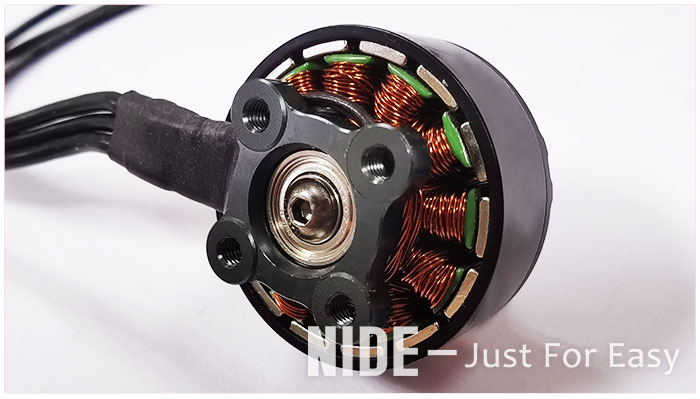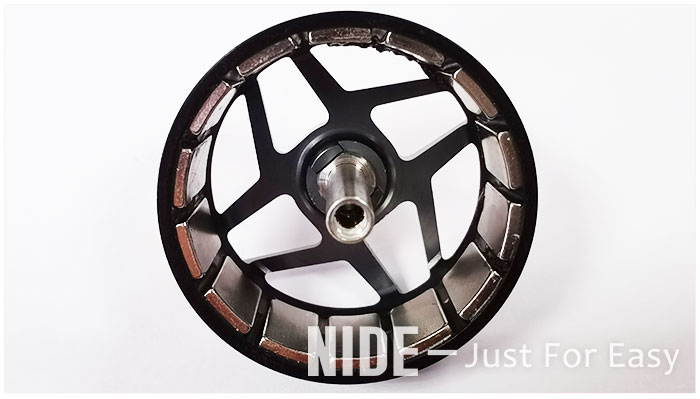Types and Differences of UAV Drone Motors
At present, the applications of UAV drones have covered aerial photography, agriculture, logistics, surveying and mapping, security and other fields.
The motor converts electrical energy into mechanical energy, driving the propeller to rotate, thereby generating thrust. The power of multi-rotor drones comes from propellers, which are the result of the rotation of motors.
1. Types and differences of drone motors
Generally, motors are divided into brush motors and brushless motors. Brushed motors use carbon brushes to change the direction of current. BLDC motors abandon carbon brushes and use electronic commutation to reduce losses. For multi-rotor drones, small drones usually use brush motors, such as coreless motors; while drones with larger wheelbases, usually greater than about 200mm, use brushless motors. Most of the current drones are based on permanent magnet synchronous motors among brushless motors. Among them, brushed motors are gradually no longer used in the field of drone motors (UAV) due to their low efficiency.
2. Service life of drone motor
BLDC motor: It can work continuously for about 20,000 hours, and its normal service life is 7-10 years.
Brush motor: It can work continuously for about 5,000 hours, and its normal service life is 2-3 years.
Note: The working time is related to the use environment (mainly temperature). The higher the temperature, the lower the efficiency. Therefore, attention should be paid to ensuring that the temperature of the drone motor is within a benign range, which can greatly increase the service life and effect of the motor.

3. Energy saving of drone motors
Relatively speaking, the power consumption of BLDC brushless motors is only 1/3 of brushed motors.
4. Future maintenance of drone motors
After a brushed motor wears out, it is necessary to replace not only the carbon brushes, but also the accessories surrounding the motor such as the rotating teeth, which is much more expensive. The main thing is that the overall functionality will be affected.
The brushless motor lacks brushes, and the wear is mainly on the bearings. From a mechanical point of view, the brushless motor is almost a maintenance-free motor. When necessary, you only need to do some dust removal maintenance.
5. How to choose a drone motor (UAV)
The total maximum pulling force of the multi-rotor motors should not be less than 1.5 times the total weight, preferably twice the weight.
When selecting a motor, pay attention to the KV number of the motor and the corresponding battery voltage and propeller size. Reliable merchants will generally provide a motor parameter table, which includes the recommended propeller and the pulling force and current under the corresponding circumstances. Based on these parameters, the corresponding electronic speed regulator and propeller can be selected.
6. How to maintain unmanned motors
If the drone rolls for no reason while hovering or cannot land smoothly, there may be a problem with the motor. You can try to recalibrate the fuselage before taking off. If the problem still occurs, it must be sent to the factory for repair in time to avoid the motor stalling and causing the drone to lose control or even crash.
In addition, before flying the drone, make sure that the motor and propeller are fixed, and after flying, promptly check and clean the motor to see if there is any dirt.

NIDE focuses on a variety of motor manufacturing solutions.
We have provided customers with complete drone motor production lines and manufacturing solutions, including drone stator manufacturing lines, motor rotor manufacturing lines, drone motor assembly lines, etc. We continue to innovate around customer needs and provide professional services to motor manufacturers in different fields.
 中文版
中文版 English
English



